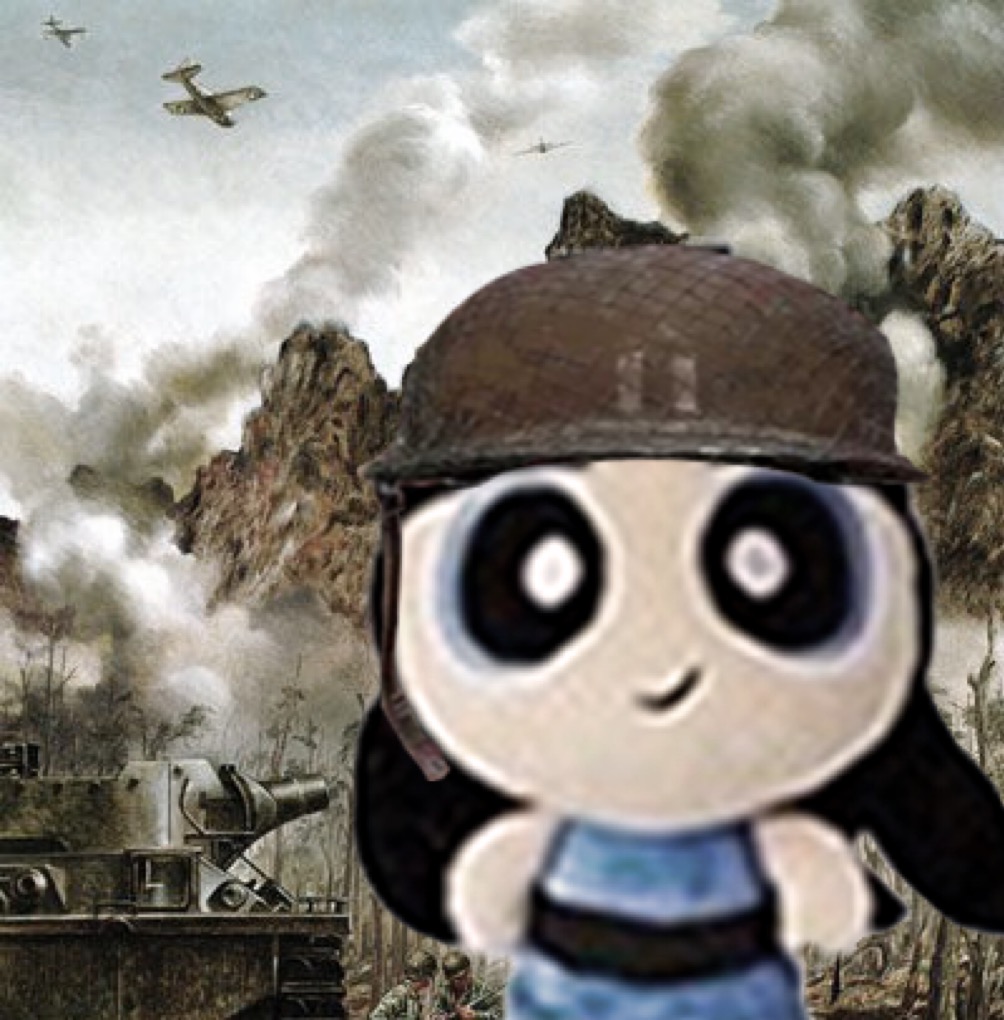4. Approaches in counseling
Cards (13)
- Counseling approachesThe reflection of counselor’s training and coaching philosophy. Differentiated by how they interact with clients
- Psychodynamic counselingFrom Freudian theory. Dream interpretation, projective tests, hypnotism, and free association. Focuses on unconscious processes as they are manifested in the client's present behavior.
- Interpersonal counselingDiagnosis-focused approach in which the client's disorder is regarded as a medical illness that requires intervention (Markowitz & Weissman, 2004.Time-limited approach during which clients learn that their psychological issues are linked to environmental stressors.
- Humanistic/Client-centered approach counselingUnconditional positive regard. Operates on the humanistic belief that the client is inherently driven toward and has the capacity for growth and self-actualization. Nonjudgmental and emphatic counselor.
- Existential TherapyExistentialism is a philosophy aimed at examining the question of human existence. 19th & 20th-century writers & philosophers such as Jean-Paul Sartre, Soren Kierkegaard, Albert Camus, and Friedrich Nietzsche.Doesn't attempt to cure a person nor diminish specific symptoms; rather seeks to explore & question aspects of human predicament (Corbett & Milton, 2011).Client is viewed as ever-changing & always in the process of becoming (Dryden, 2007).
- Cognitive-behavioral therapyGrounded in the assumption that "emotional disorders are maintained by cognitive factors, & that psychological treatment leads to changes in these factors through cognitive & behavioral techniquesHelps you change unhelpful or unhealthy ways of thinking, feeling, behaving.
- Mindfulness-based Counselingclient pays attention to their feelings & thoughts at the moment, without judgment. Following Buddhist traditions, it's an open-minded & accepting way, of responding to thoughts
- Rational Emotive TherapyAlbert Ellis developed RET in the mid-1900s. The type of CBT in a person's distress is perceived as a function of irrational/faulty thinking.The therapist works with clients to examine their cognitive appraisals of how the event may have created an outcome.The client's belief about a situation, rather than the situation itself, that's the focus of treatment
- Reality TherapyDeveloped by William Glasser in the 1950s. Its principles stem from Alfred Adler's ideas about the social context of human behavior.Based on choice theory, focuses on the power of individuals to control their behaviors (as they are choices)While not all aspects of life are within our power to change, human beings are always faced with opportunities to respond rationally/responsibly - or not.To improve present relationships
- Constructionist therapyConcerned with meanings humans construct regarding the world around them. Within this framework, qualities believed to be related to gender, race, and social class are shaped by cultural influences & human interpretation.Concerned with power imbalances & importance of language
- Systematic therapyUnderscores influence of how patterns across systems (e.g., family, school, and employment) influence behaviors & psychological issues.A Systemic approach aims to treat the underlying system rather than focusing on the problem itself
- Narrative TherapyEnables individuals to become experts in their own lives. To re-author their stories and perspectives.
- Creative therapy.Involves the use of different art mediums aimed at improving mood & other aspects of well-being. Music Therapy, art therapy.
